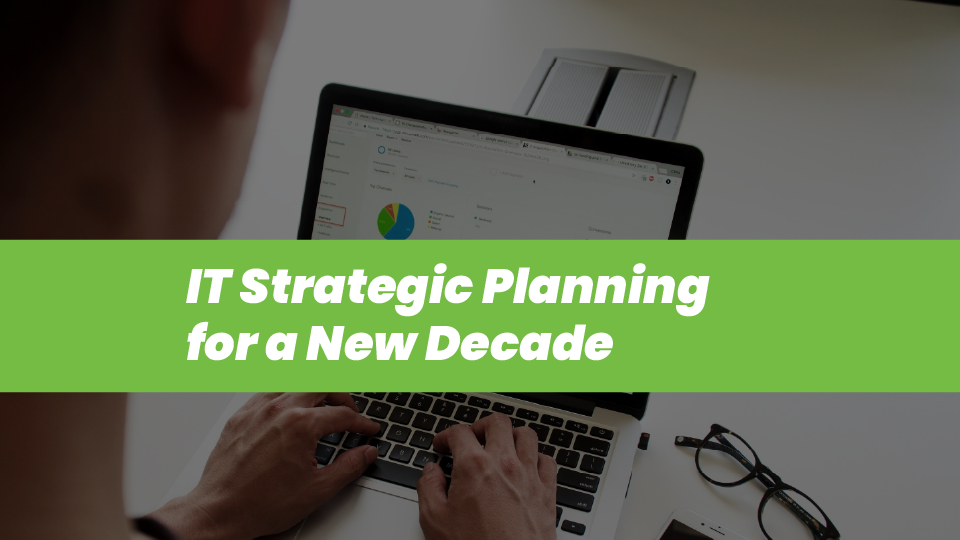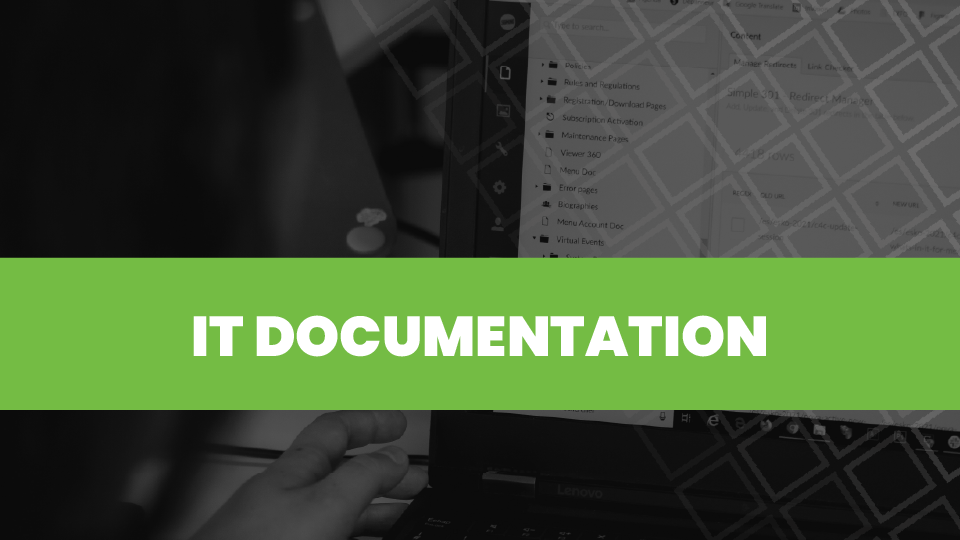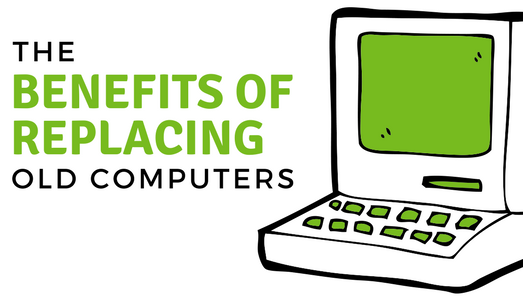Moving to the Cloud: The Complete, Affordable Solution
As cloud computing solutions flood the business world, one question comes up frequently for businesses hosting on-premise solutions: “Should we...
Five Nines Team : Dec 16, 2020 10:42:37 AM
1 min read

Strategic IT Planning is a collaborative process taken with clients to understand their business needs and goals, that ultimately allows the IT budget to appropriately align with the organizational priorities. As we work through changing times in a new decade, it’s time to start planning to ensure you hit your IT goals. If you haven’t yet done any sort of strategic IT planning, check out these tips to help get you started before the new year.
#1 – Asset Management
Identify what equipment is currently performing well and what might need to be replaced to continue ensuring that work operations are happening at maximum efficiency. This step typically involves gathering all your company’s hardware and software inventory information and completing an IT audit. From there, your internal IT department or an MSP like Five Nines can identify and fill in technology gaps to minimize downtime.
#2 – Document End-of-Support vs. End-of-Life Dates
An end-of-support date means the product provider has decided to no longer provide a support line, while the end-of-life date is a term to describe when a product is no longer for sale. Knowing and documenting these dates for all of your equipment will ensure future IT audits run smoothly and unexpected surprises do not arise. Surprises can range from compromised data security, decreased productivity, higher maintenance costs, non-compliance issues, and problems with scalability just to name a few.
#3 – IT Risk Assessment
The end of the year is a great time to run an IT Risk Assessment. In this process, you’ll look at what was effective and ineffective in your IT infrastructure this year. Create a series of questions that assess your standards, guidelines, and best practices. Use the same assessment on an annual basis to begin to understand where the gaps are and how to best fill them.
#4 – Consider your talent
Whether it’s an IT services partner or an internal team member, decide who you need on your team to execute the strategy you’ve developed for your business. If you’re needing to bring in an external partner or new hire, you’ll want to include this cost in your overall budget and consider what the return on the investment may be.
#5 – Budgeting
With remote work being heavily prevalent right now, you should ask yourself these questions: do you feel like the year went smoothly from a technology standpoint and did your workforce transition seamlessly from work to home? If not, you may want to consider budgeting for more equipment or services that could alleviate some pressure from your teams.

As cloud computing solutions flood the business world, one question comes up frequently for businesses hosting on-premise solutions: “Should we...

In all aspects of business, there is typically some form of documentation. You could be tracking certain numbers for goal completion, documenting...

As long as old computers are still running with limited problems, they don't need to be replaced... right? It may seem easy to place these updates on...